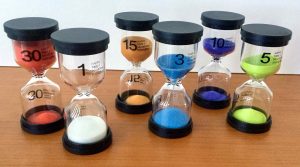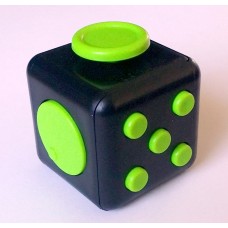Sensory tools can provide the particular sensory input that many children with autism crave. Whether it is visual or tactile, the tools have the power to capture our kids’ attention, making the right sensory tool a powerful reinforcer (reward).
Some sensory tools are also excellent fidget tools and can improve concentration and focus in children who need to keep their hands busy to listen and attend. Each child is unique, but favourites include spinning tools, light-up tools and stretchy or squishy tools. Other sensory tools are great to develop hand-eye co-ordination and fine motor skills.





